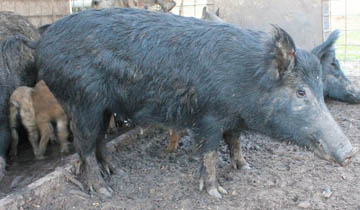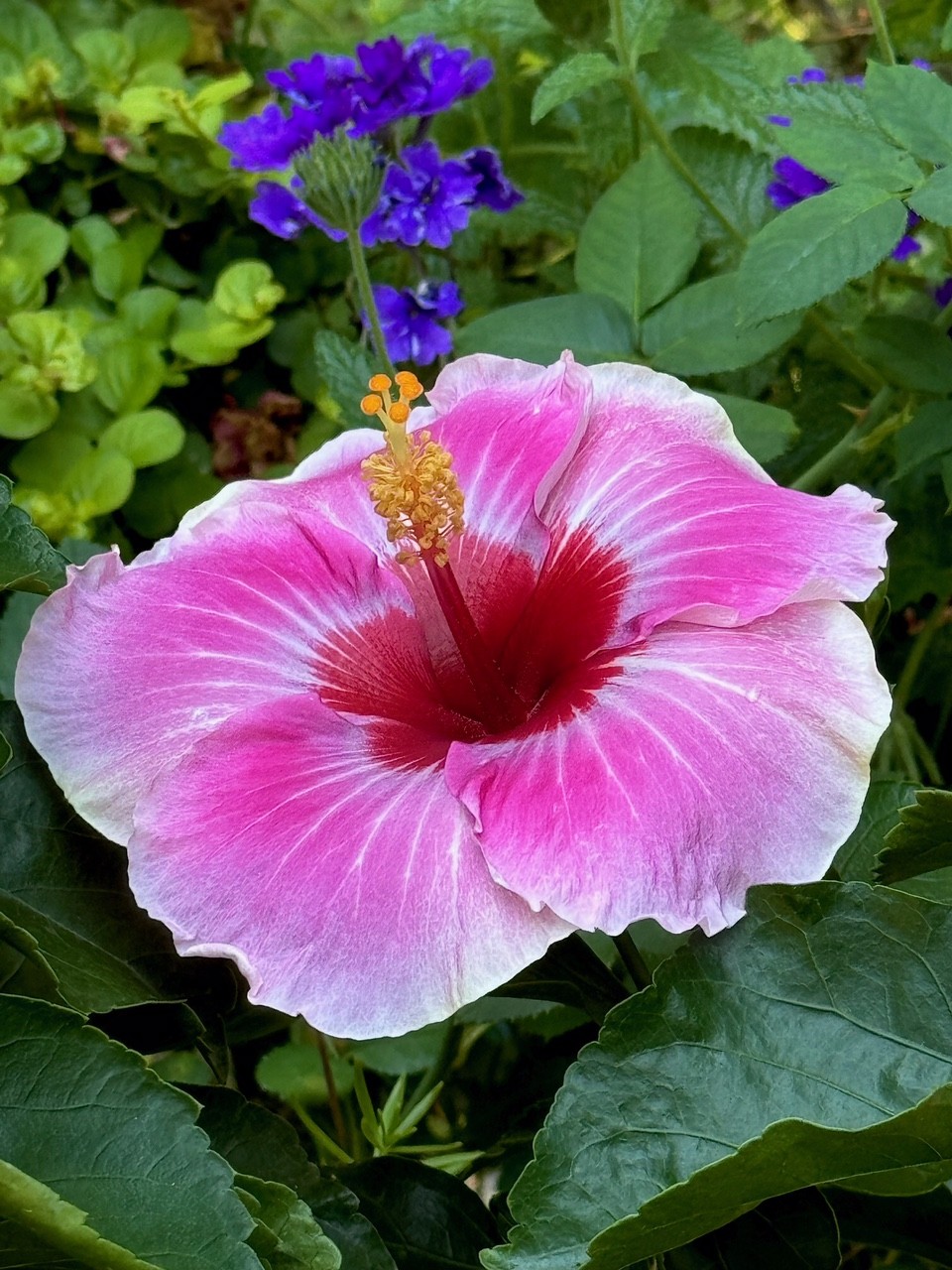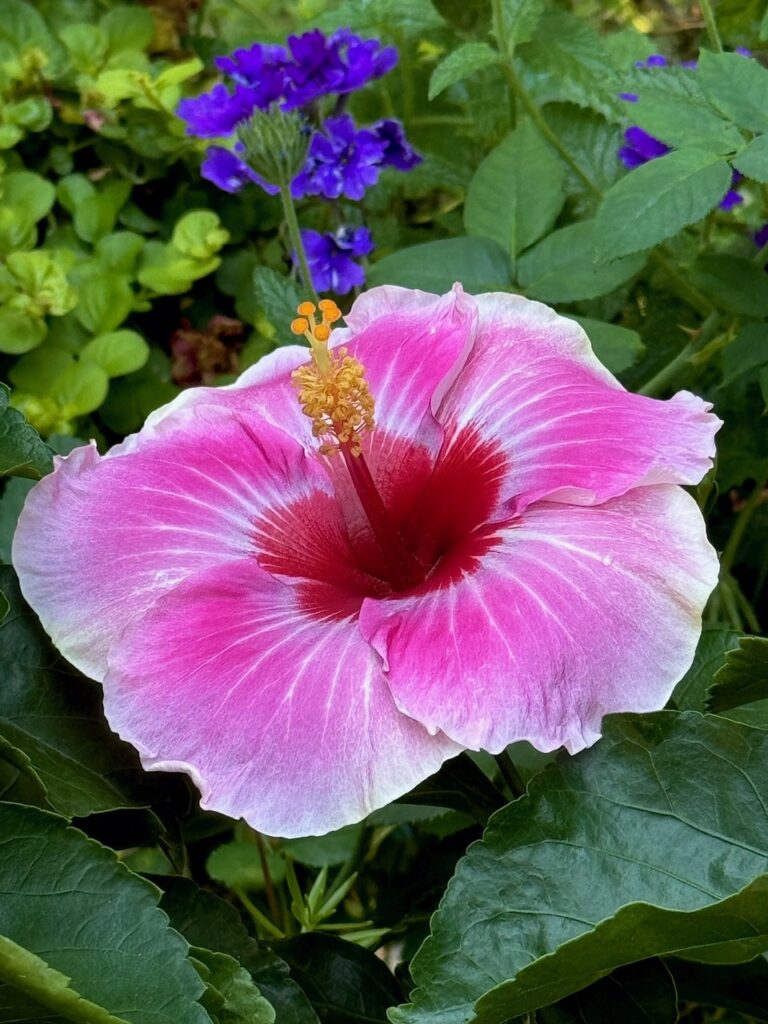Outdoor
The Pig Explosion- Part 2: How a species went from obscure to a nuisance in a quarter century

By contributing writer Russell Graves
Over the past three decades, the population reached a critical mass and everywhere pigs can live, pigs probably exist.
“There are but two kinds of landowners in Texas: Those with wild pigs and those that are about to have wild pigs,” says Billy Higginbotham, Professor and Extension Wildlife and Fisheries Specialist for the Texas AgriLife Extension Service in Overton. Dr. Higginbotham is on the front line in the war on feral pigs and the damage they cause by researching control methods and ways to mitigate hog populations and the damage they inherently cause. His assessment on the landowners and the hog population, while simplistic, provides information on the breeding success of a species whose numbers continue to explode.
Historically, wild pigs were relegated to the rural areas of Texas. The prolific porcine, however, has continually expanded its range and now encroach inside city limits of small towns across the state as well as suburbia.
“Pigs are a constant concern for us,” says Ryan Mills who works for the municipal golf course in Childress, Texas. “We are always finding areas where they’ve rooted. They are attracted by the water we irrigate with and cause us a continual maintenance issue.”
“The funny thing is we never see them,” he admits. “They come out and do their damage at night.”
Wild pigs root up lawns and damage recreational areas while the wallows they leave behind provide a medium for standing water. The water can create breeding pools for mosquitoes – thus increasing the risk for mosquito borne illnesses like West Nile virus. An increase in West Nile is noteworthy since Texas suffered 43 fatalities in 2012 as a result of the disease. To read more pick up the April 2014 issue of North Texas Farm & Ranch.
HOME
Parting Shot

By: Jelly Cocanougher
Delicate microbes buried just beneath the surface. We walk by them, unbeknownst to us. Spores, spawn, and sclerotia, each with distinct characteristics. It is said that these fungi are all connected, speaking to one another as they populate the earth. The interconnectedness of all living things and the decaying world, such beauty lies within these otherworldly alien organisms.

HOME
Varietal Honey

By: Landon Moore
Landon Moore is the Wise County 4-H President and a member of the Wise County 4-H County Council. He is involved in beekeeping, as well as raising rabbits and poultry.
This essay was one that he wrote, and it was named the champion for both the Texas and National chapters of the Foundation For The Preservation of Honey Bees.
Varietal honey is honey that comes from a single source.
This honey has a flavor derived from the source flower and can even have a similar scent. In general, lighter colored honeys have a more subtle taste and dark honeys are more intense. Varietal honey has been compared to wine, in that honeys produced in different years can be distinguished, even if they come from the same flower and location.
This phenomenon is called terroir and is responsible for the individual taste of each honey harvest.
To read more, pick up a copy of the October edition of North Texas Farm & Ranch magazine, available digitally and in print. To subscribe by mail, call 940-872-5922.

HOME
The Garden Guy: America’s Sweetheart

By: Norman Winter | Horticulturist, Author, Speaker
Early in the summer, I was sent a press release that caused one of those holy wow moments. The headline said it all, “Proven Winners ColorChoice Expands Catalog with the Addition of Hollywood Hibiscus.”
I had already become familiar with the Hollywood Hibiscus series and was thrilled that the Proven Winners was adding this to their lineup.
This flower is nothing short of beautiful and exhibits prolific flower production. The flowers show three distinct colors, deep red in the very center, then the majority which is a rich rose pink with lighter pink to white along the margins.
To read more, pick up a copy of the October edition of North Texas Farm & Ranch magazine, available digitally and in print. To subscribe by mail, call 940-872-5922.

-

 Country Lifestyles2 years ago
Country Lifestyles2 years agoScott & Stacey Schumacher: A Growth Mindset
-

 Country Lifestyles8 years ago
Country Lifestyles8 years agoStyle Your Profile – What your style cowboy hat says about you and new trends in 2017
-

 HOME8 years ago
HOME8 years agoGrazing North Texas – Wilman Lovegrass
-

 Outdoor10 years ago
Outdoor10 years agoButtercup or Primrose?
-

 Country Lifestyles5 years ago
Country Lifestyles5 years agoAmber Crawford, Breakaway Roper
-

 Equine1 year ago
Equine1 year agoThe Will to Win
-

 Country Lifestyles9 years ago
Country Lifestyles9 years agoJune 2016 Profile – The man behind the mic: Bob Tallman
-

 Country Lifestyles8 years ago
Country Lifestyles8 years agoDecember 2016 Profile, Rusty Riddle – The Riddle Way




